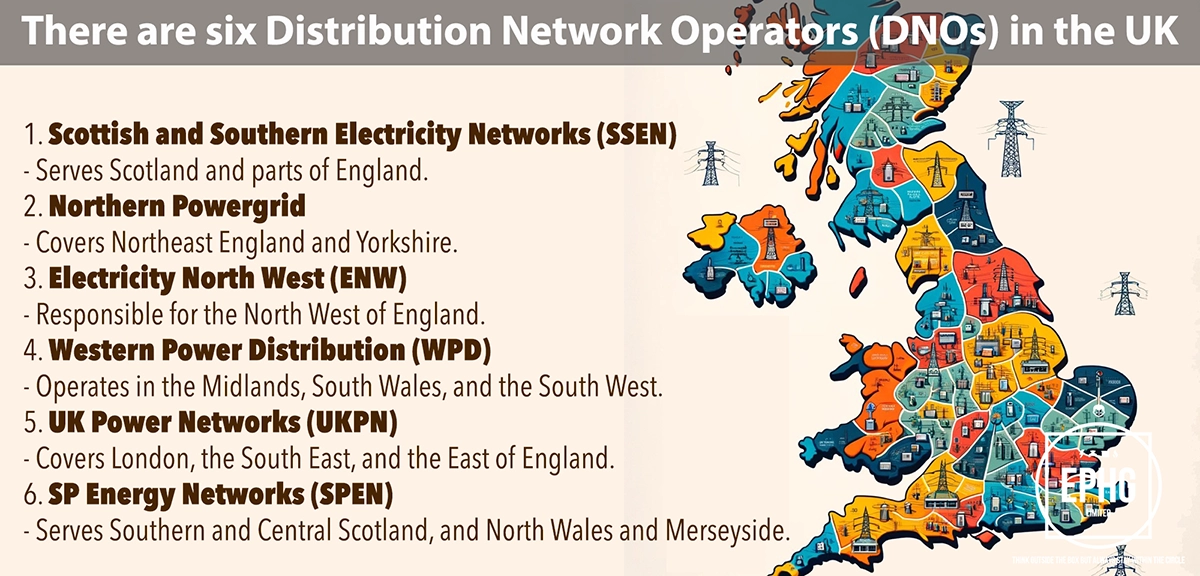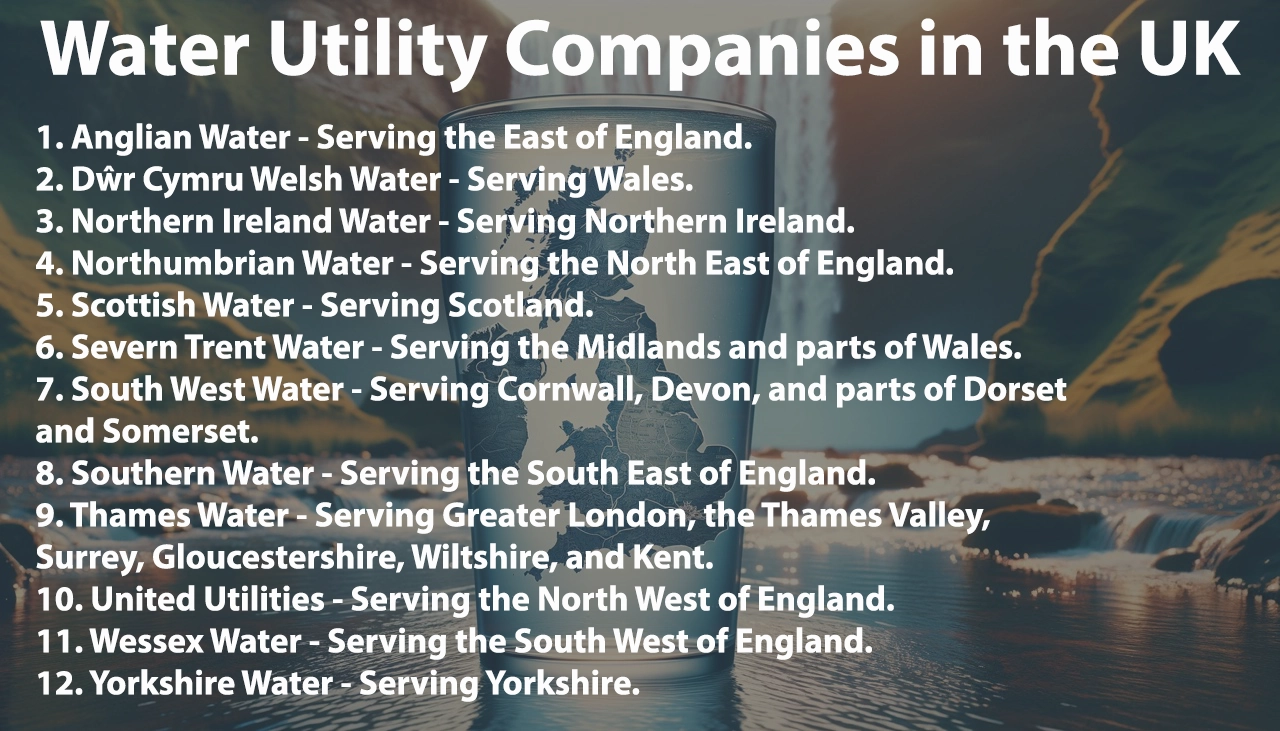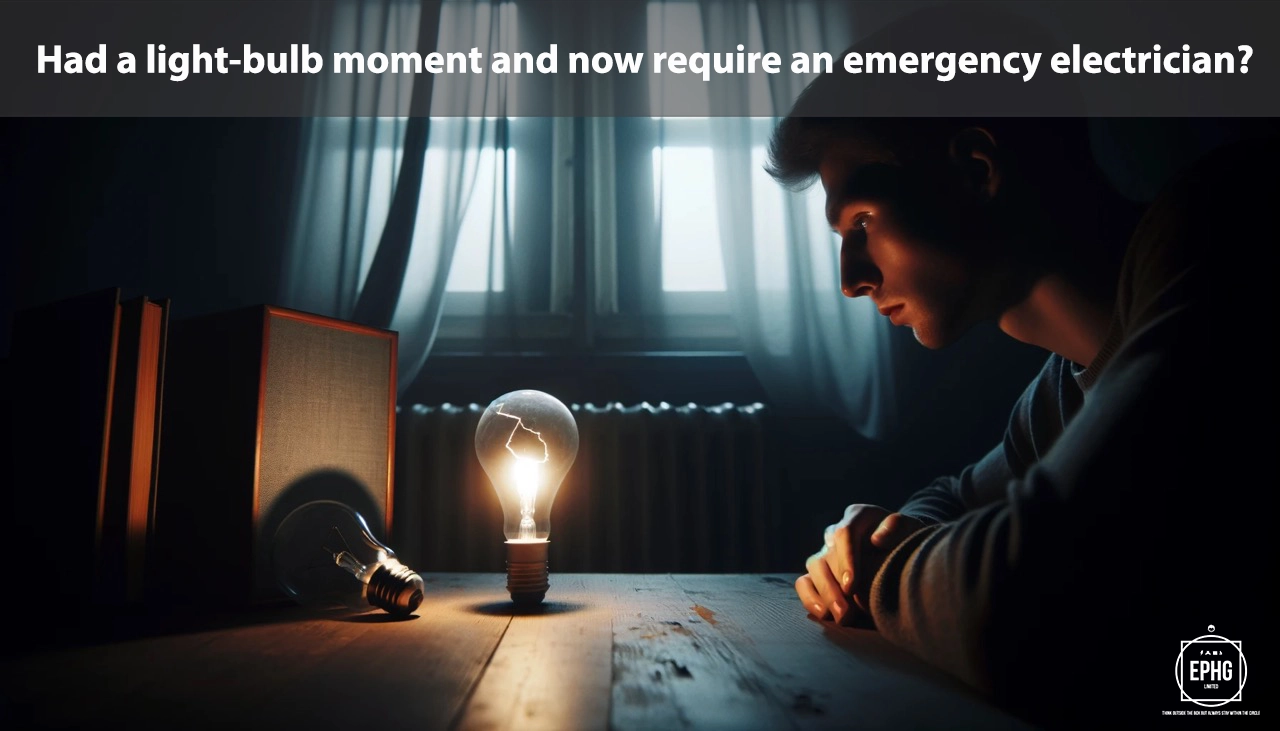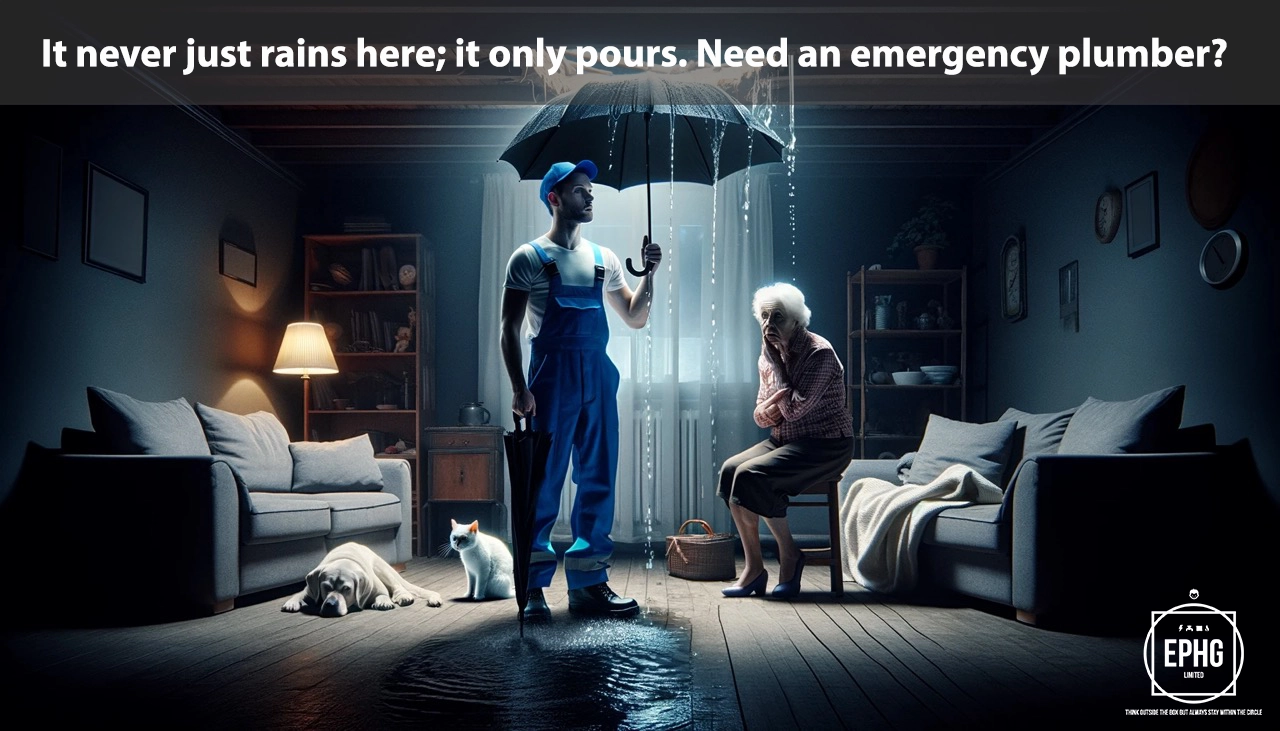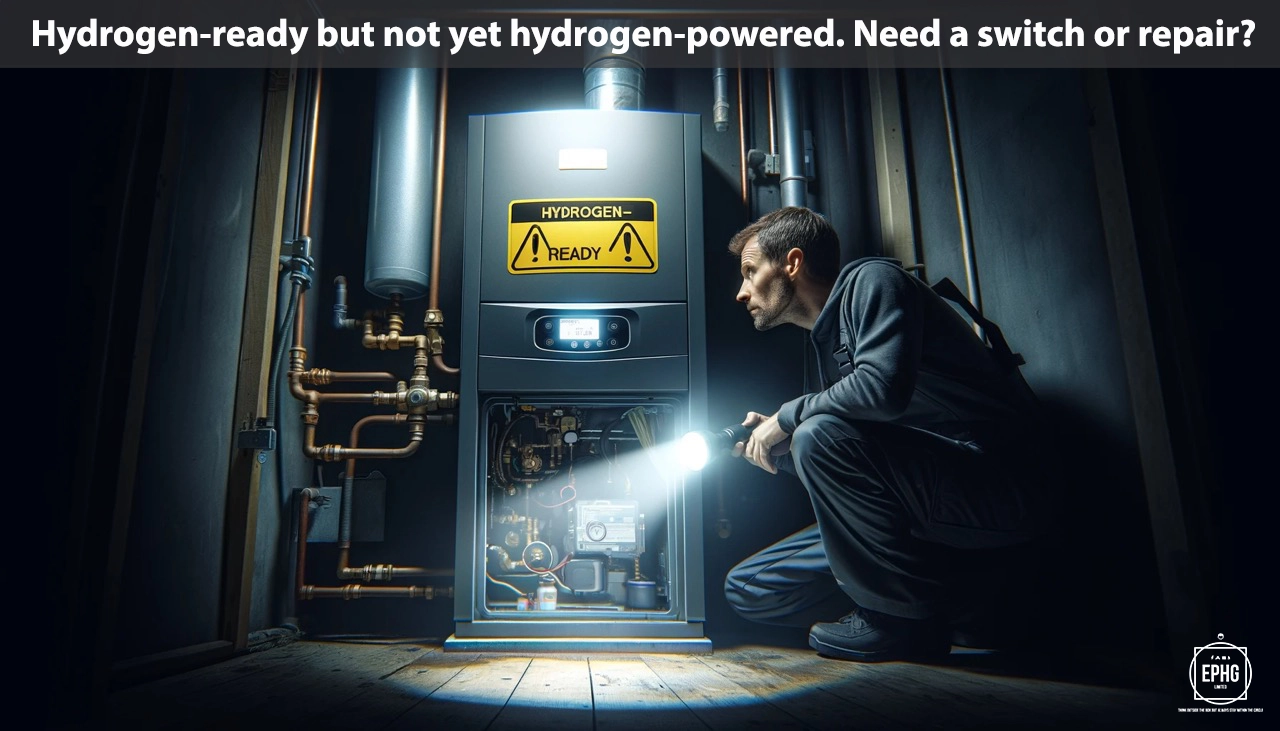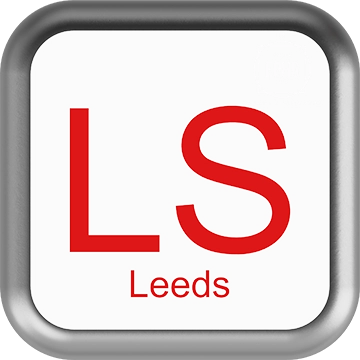
LS Postcodes for Utilities & Services in Leeds and Surrounding Areas
Introduction: The LS postcode area, encompassing Leeds and its surrounding regions, presents a vibrant mix of urban and rural settings. This overview shares key insights on water and electricity provision in the area, alongside other essential information for residents and visitors.
Water in Leeds and Surrounding Areas
Where does the water supply come from in the LS postcode area, and is there ever a shortage of water?
In the LS postcode area, water supply predominantly comes from the River Aire, River Wharfe, and various reservoirs across the Yorkshire region. Yorkshire Water manages these resources, ensuring the water meets safety standards before distribution to homes and businesses. Leeds and its environs generally enjoy a reliable water supply, but like many places, they are not immune to the risks of drought during prolonged dry periods. Consequently, Yorkshire Water and local authorities actively promote water conservation and have plans in place to manage resources effectively, ensuring sustainability. Residents are encouraged to participate in water-saving practices, contributing to the overall resilience of the water supply system.
What is the hardness & quality of the water in the LS postcode area, and can this affect your health?
The water in the LS postcode area tends to be moderately hard, reflecting the geological makeup of the region. While hard water leads to more mineral deposits, it is perfectly safe for consumption and meets all regulatory health and safety standards. Yorkshire Water conducts regular monitoring and treatment to ensure water quality remains high, protecting public health and the environment. Though hard water can affect appliances over time, it poses no significant health risks, and many residents use water softeners to manage hardness. It's essential for households to follow a balanced diet to complement the mineral content received from their water supply.
Electricity in Leeds and Surrounding Areas
Where does the electric supply come from in the LS postcode area, and what is the future of energy there?
The electricity supply in the LS postcode area, covering Leeds and nearby regions, is transitioning from traditional sources like coal and natural gas to more sustainable alternatives. The area benefits from several renewable energy projects, including wind farms in the wider Yorkshire region and solar energy initiatives within urban and rural settings. Leeds aims to become a leading city in energy sustainability, focusing on reducing carbon emissions and enhancing renewable energy usage. Investments in renewable infrastructure, such as solar panels on public buildings and support for private solar installations, underscore this commitment. The future of energy in Leeds is aimed towards a greener, more sustainable model, aligning with national goals for carbon reduction and energy efficiency.
When is hydrogen coming to gas boilers in Leeds?
Leeds is closely following national developments in hydrogen technology as part of the UK's broader strategy to decarbonize heating. The city is poised to adopt hydrogen heating solutions following successful pilot programs elsewhere in the country. While specific timelines for widespread hydrogen implementation in Leeds are yet to be confirmed, local authorities and energy providers are preparing for a gradual transition. Leeds residents are encouraged to stay informed about potential changes and consider energy-efficient improvements to their heating systems in anticipation of future shifts towards hydrogen energy.
Where Does the Wastewater Go in Leeds
In Leeds and the surrounding LS postcode area, wastewater management is a critical public service, ensuring environmental and public health. Wastewater from residential, commercial, and industrial properties is treated at several state-of-the-art facilities, such as the Knostrop Wastewater Treatment Works. These facilities employ advanced processes to clean wastewater effectively before it is released back into local watercourses, like the River Aire, safeguarding the region's water quality and supporting the ecosystem. Continuous improvements and investments in wastewater treatment highlight Leeds's dedication to maintaining cleanliness and environmental integrity while promoting sustainable living practices.
Regions and Services:
The LS postcode encompasses a variety of settings, from the bustling city center of Leeds to the serene landscapes of rural West Yorkshire. Key regions include:
- Leeds City: A major hub for urban utilities development, featuring sophisticated electrical and gas infrastructures and a growing focus on sustainable energy solutions.
- Harrogate, Wetherby, and Otley: Towns that blend historical charm with contemporary services, each with unique contributions to the region's energy and water provisions.
- Ilkley, Pudsey, and Morley: Suburban and semi-rural areas where initiatives for renewable energy sources, such as solar panels and community energy projects, are becoming more prominent, alongside traditional utilities.
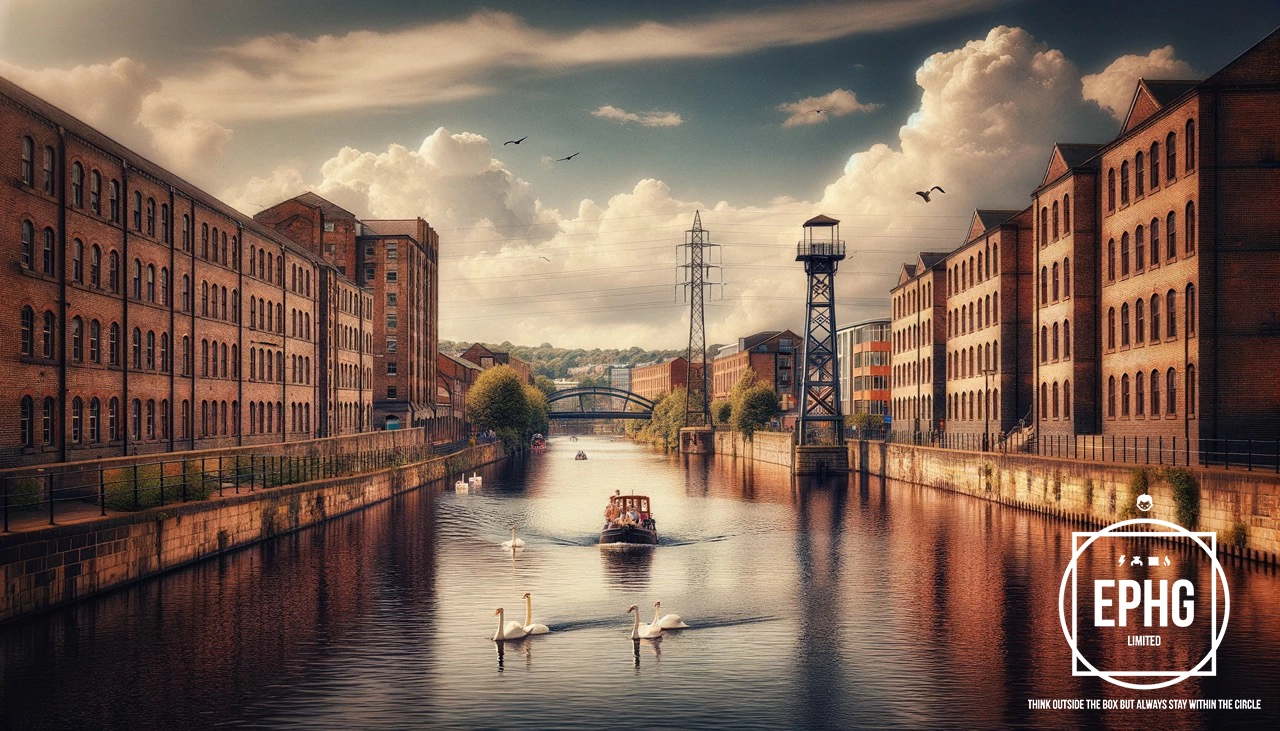
Regions within the LS Postcode
Leeds City
- LS1: Leeds City Centre, the commercial and cultural heart of the city.
- LS2: Includes the University of Leeds and Leeds Beckett University campuses, as well as cultural institutions.
- LS3: Burley and Kirkstall road areas, known for student living and vibrant communities.
- LS4: Burley and parts of Kirkstall, popular with young professionals and students.
- LS5: Hawksworth and Kirkstall, known for Kirkstall Abbey and residential areas.
- LS6: Headingley and Hyde Park, bustling student areas with sports facilities and parks.
- LS7: Chapel Allerton and Meanwood, areas known for their arts scene, restaurants, and bars.
Surrounding Areas and Villages
- LS8: Roundhay and Oakwood, noted for Roundhay Park and family-friendly neighborhoods.
- LS9: East End Park and Cross Green, areas undergoing regeneration and development.
- LS10: Middleton, Belle Isle, offering residential settings with close proximity to city amenities.
- LS11: Beeston and Holbeck, diverse communities with rich industrial history.
- LS12: Armley, Wortley, areas with a mix of residential and industrial landscapes.
- LS13: Bramley and Rodley, traditional villages that have merged into the urban sprawl.
- LS14: Seacroft, Swarcliffe, residential areas with modern housing developments.
- LS15: Cross Gates, Halton, well-established suburbs with shopping centers and parks.
- LS16: Adel, Cookridge, affluent suburbs on the outskirts of Leeds, known for their green spaces and schools.
- LS17: Alwoodley, Moortown, affluent northern suburbs with golf clubs and natural beauty.
- LS18: Horsforth, a vibrant community with parks, schools, and a town center.
- LS19: Yeadon, Rawdon, areas near Leeds Bradford Airport, with local shops and community centers.
- LS20: Guiseley, an expanding town with retail parks and traditional town amenities.
- LS21: Otley, a picturesque market town on the River Wharfe, known for its community events and outdoor activities.
- LS22 & LS23: Wetherby and surrounding areas, known for their market town charm, racecourse, and historical sites.
- LS24: Tadcaster, a town famous for its brewery and historical buildings.
- LS25: Garforth, Kippax, smaller communities east of Leeds, offering suburban living with access to countryside.
- LS26: Rothwell, Woodlesford, areas with historic sites and community-focused living.
- LS27: Morley, Churwell, vibrant towns with a strong sense of community and history.
- LS28: Pudsey, a town known for its annual carnival and family-friendly environment.
- LS29: Ilkley, Menston, affluent areas known for their scenic beauty, local shops, and outdoor activities, with the River Wharfe running nearby Ilkley.
